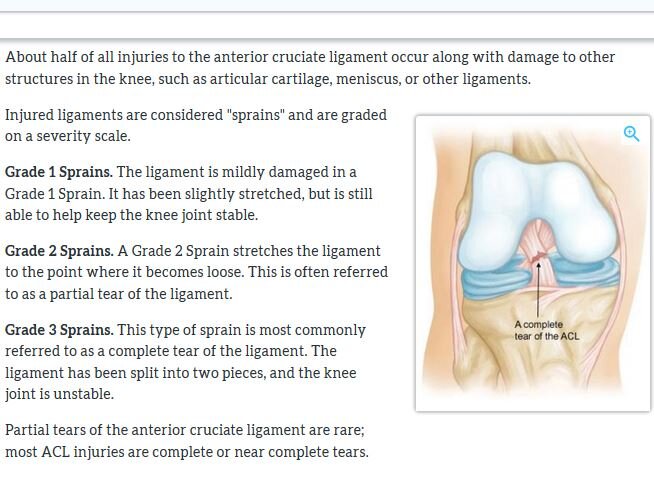May 16 cont...
10:45
2nd AKIC U Calgary appointment (Finally)
.
Wait Time has been 57 days so far,
19 days behind actual scan completion
.
follow up to go over April 27 MRI results
Again, I feel reluctance to work with me, in only 2nd appointment. When I bring up ligamys doctor does not seem familiar with it and can't answer questions. I ask if he read the emails I sent with the information and am told they were not read.
.
.
I inform him the surgeon responded I may be an ideal candidate for InternalBrace and am told “We don’t do that here.” Concerned the help that could be offered on this will not be provided I said “I just need you to support which ever surgeon I end up working with by helping me get him the information he needs.” I do this to ensure consensus is established on how we’re going to proceed with expectations & responsibilities as I don’t know what may be required.
.
.
I told him I’d send the medical journal on Internal Brace to share & discuss with the surgeons so they know what I was referring to and how they can provide this option.
.
.
At this point I’m perplexed why they don’t know about this and am having some doubts about the Canadian Healthcare system.
1:46pm
I send the AKIC sportsmed doctor at U Calgary information on internal brace to share with the surgeons he had yet to tell me a name of, as I’ve lost faith they’re offering current practices however I don’t see why they wouldn’t be interested in learning practices with better patient outcomes. https://www.arthrex.com/what-surgeons-are-talking-about/131FD01B-7B44-491D-B5F7-015A9474A65E
2016 article on AHS from the Calgary Herald on MRI wait times increase in Calgary – how many of these could be understood by the work from my Aug 12 post:
Still eating fresh pineapple for bromelain, found in every part of the pineapple, but most plentiful in the stem. Seems the clot isn’t a concern anymore; pineapple enzyme is supposed to help break up existing clots and prevent future ones from forming. I usually blend it into a smoothie.


















